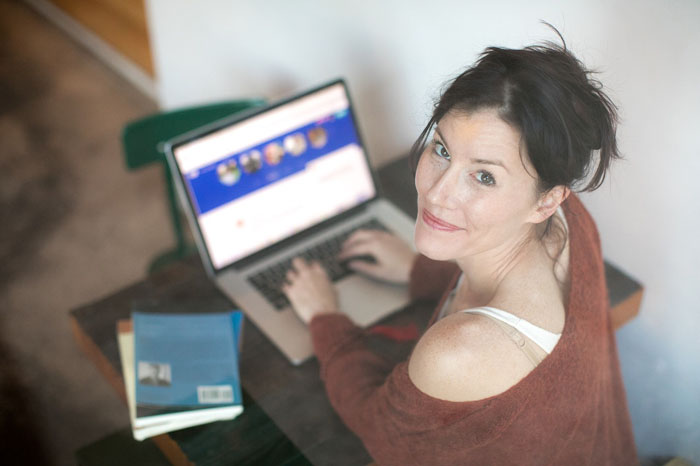
Our entire blog is dedicated to technical communication and everything around it. Technical communication is a broader term, and it includes technical writing.
For most people, technical writing is something a documentation team does, whatever this is. Let’s try to clarify this term a little. So, next time you need to explain to someone what you do, you can reference this article.
Also, we have recently created an ‘ode to technical writing’ called ‘What if Technical Writers Disappeared’. If anyone ever doubts the importance of what you are doing as a technical writer, then just make them read it.
Technical Writing
Technical writing is a process of creating content that is meant to explain how processes, services and devices work and help in resolving product-related difficulties.
Technical documentation can be easily distinguished from other forms of writing. It lacks any value as a piece of literature, such texts have no metaphors, epithets…They mostly consist of logically structured short sentences leaving no space for misinterpretation.
Technical writing doesn’t mean just creating a text — it also covers everything that goes along: graphs,schemes, tables, screenshots, code snippets, videos, etc.
Types of Technical Documentation
What is the first thing that comes to mind when you hear ‘technical documentation’? I bet it is different for everyone. That is because there are so many forms and types of it.

Some time ago, user manuals existed only in a printed form. Now, however, online documentation is gaining momentum.
Online user manuals are pretty similar to their printed ancestors. You still have a TOC and topics there. But, online documentation so much easier to navigate through!
Another advantage here being the possibility of accessing it from anywhere, all you need is an internet connection.
Another peculiar form technical documentation can take is context help. Yes, when you point to a UI element and a feature description appears this too is a product of technical writing.
Sometimes, technical documentation can have no text at all. Remember IKEA? Their descriptions are mostly pictorial and still very clear.
Who is Writing it?
What kind of question is that? Technical writers of course! Wait…no? Yes and no.
For the most part, technical documentation is indeed written by technical writers (or, here is another name – technical communicators), but, some companies have a different opinion.

Having a documentation team on staff is quite expensive, as having any team, really. Sometimes, technical writers and what they do gets underappreciated and instead of letting professionals do the job, technical writing tasks are distributed among different departments. Simply because companies do not want to invest money in this.
As creators of a tool for documentation authoring, we have been working with technical writers for years now, and we know how many details need to be considered when creating user manuals of high quality.
It goes without saying that, in theory, any team can create technical documentation. It is quality that often suffers.
By the way, if you are looking to hire a technical writer, this article might be of help.
Conclusion
This is our view on what technical writing is in general and how it is different from any writing. It is also important to remember that it isn’t just the text, it is also the people who are writing it.
Good Luck with your technical writing career!
ClickHelp Team
Author, host and deliver documentation across platforms and devices



